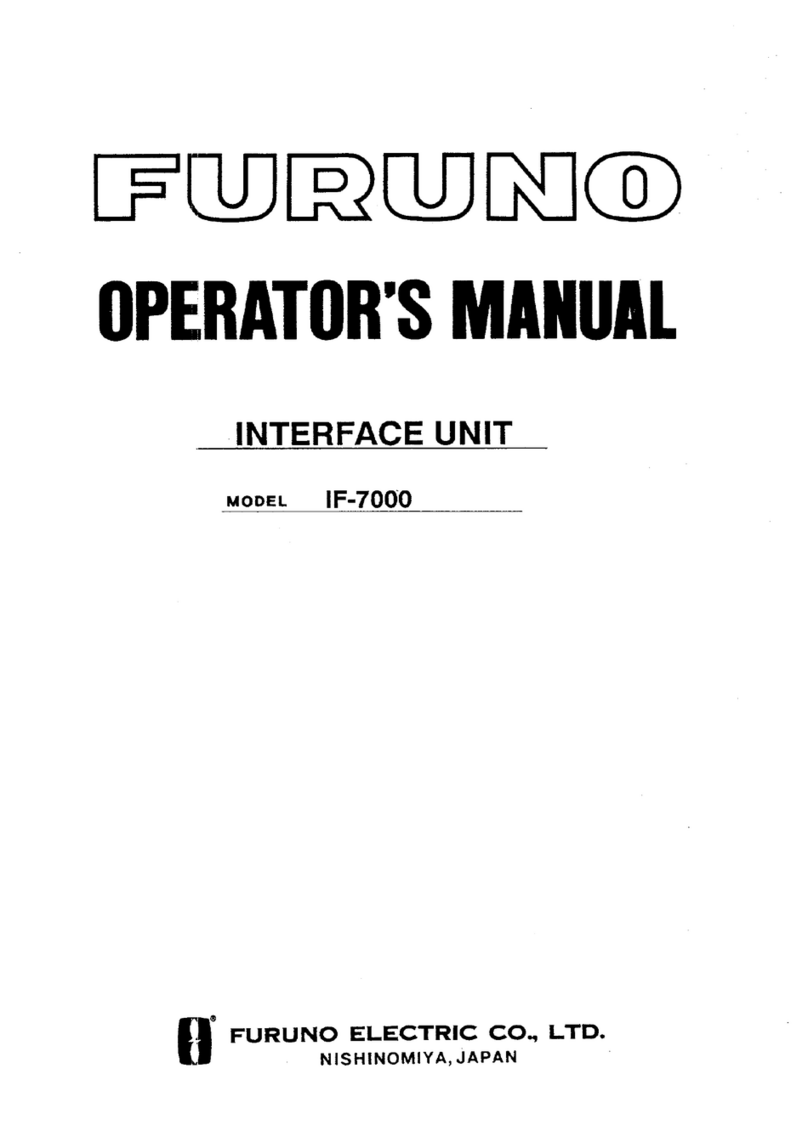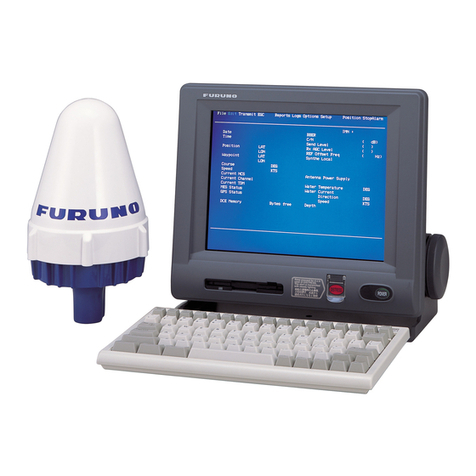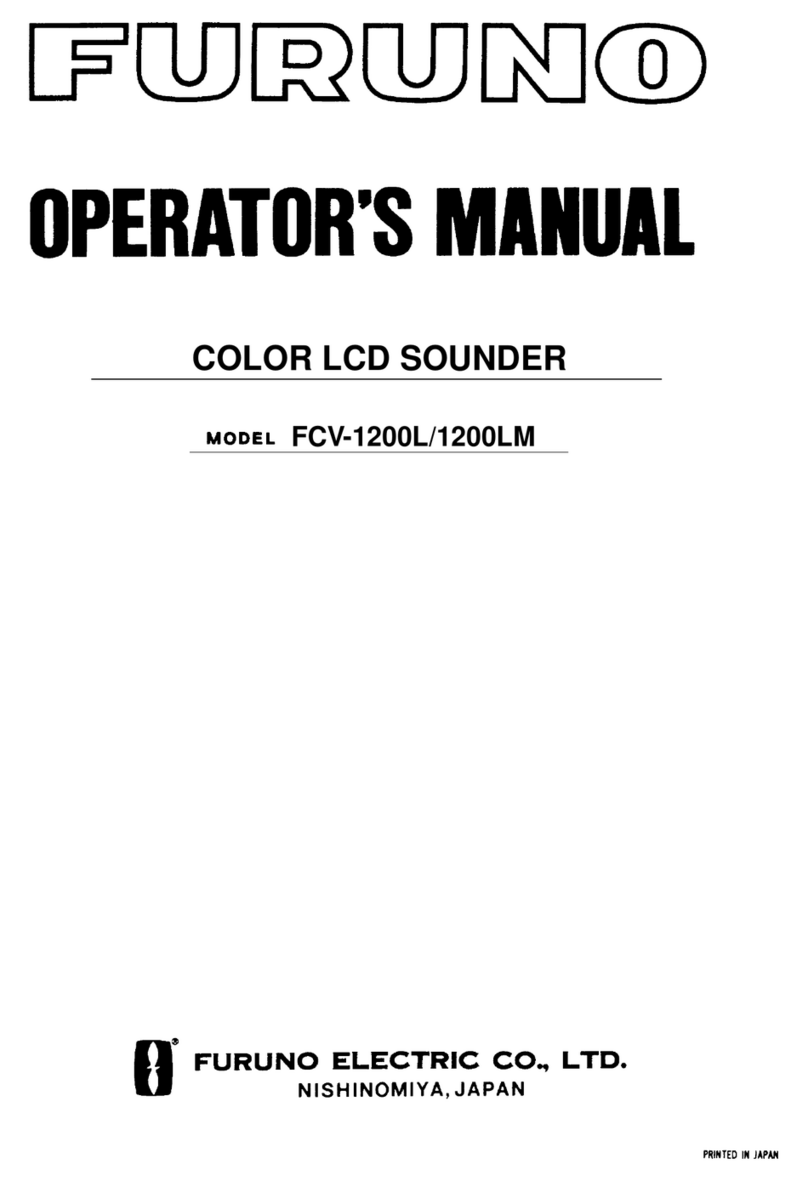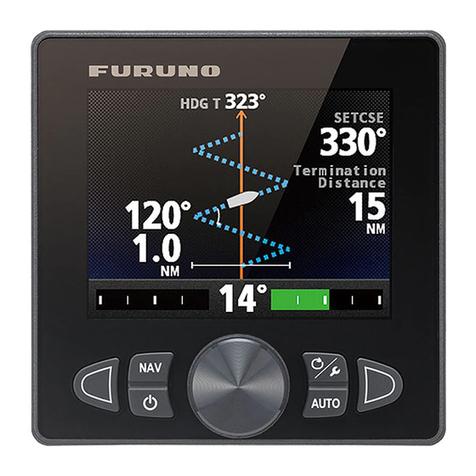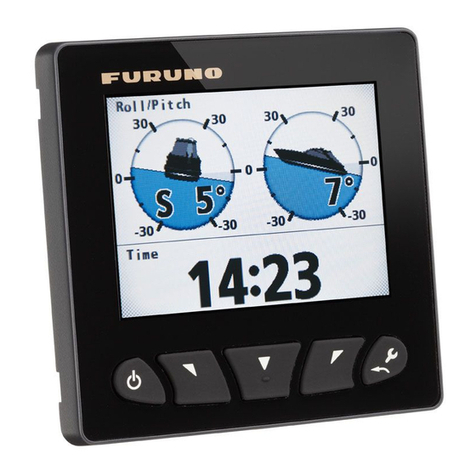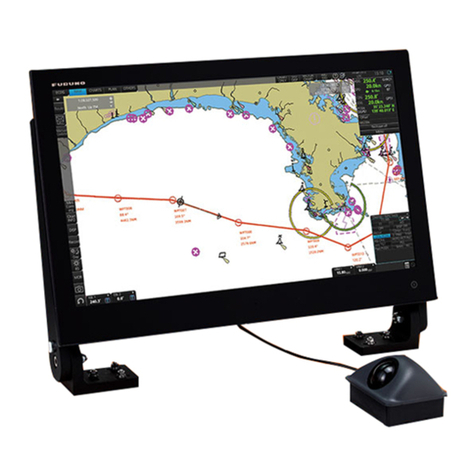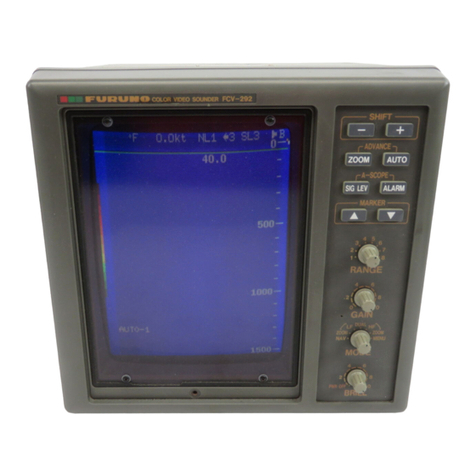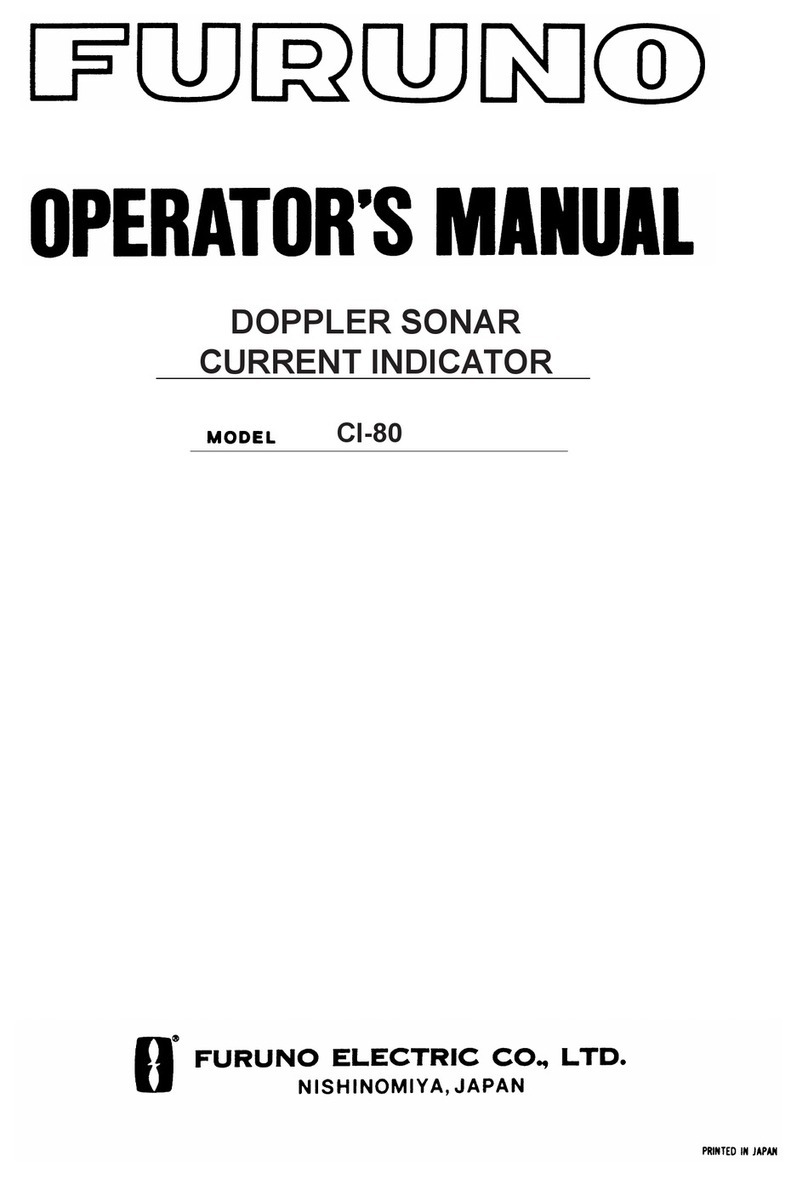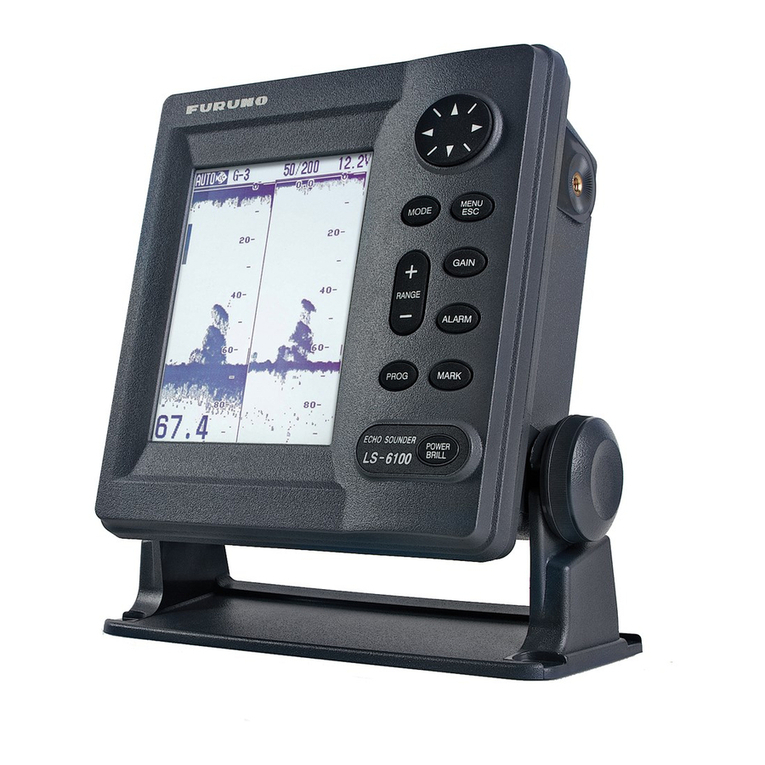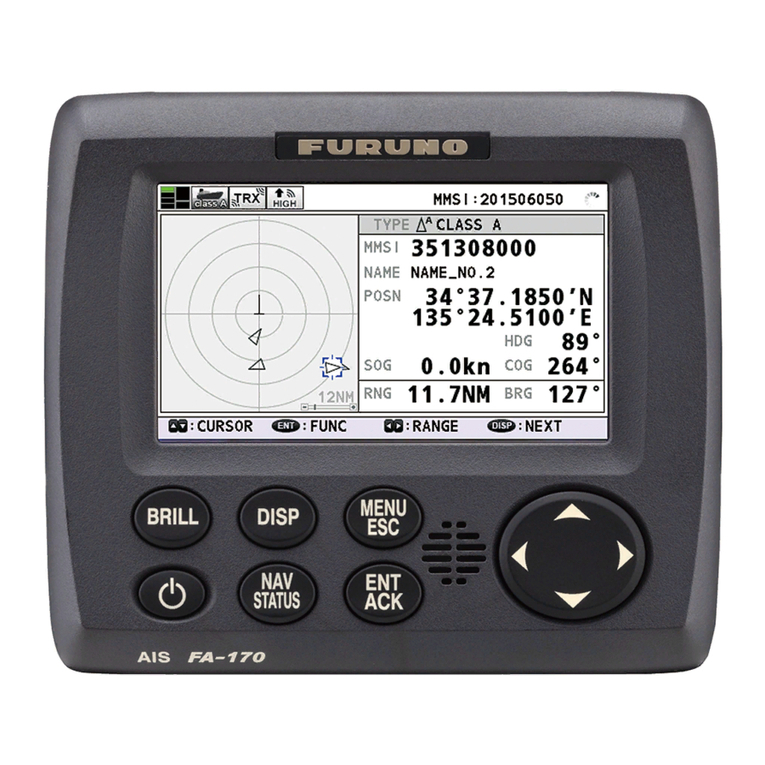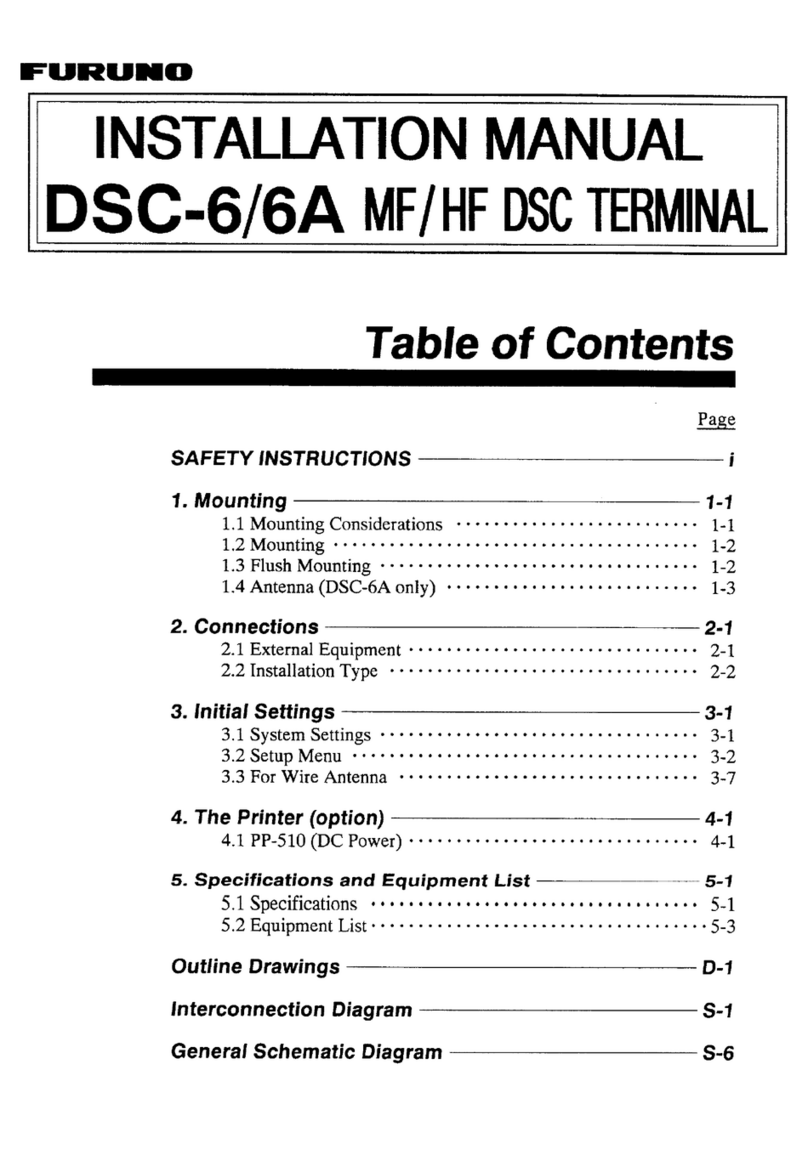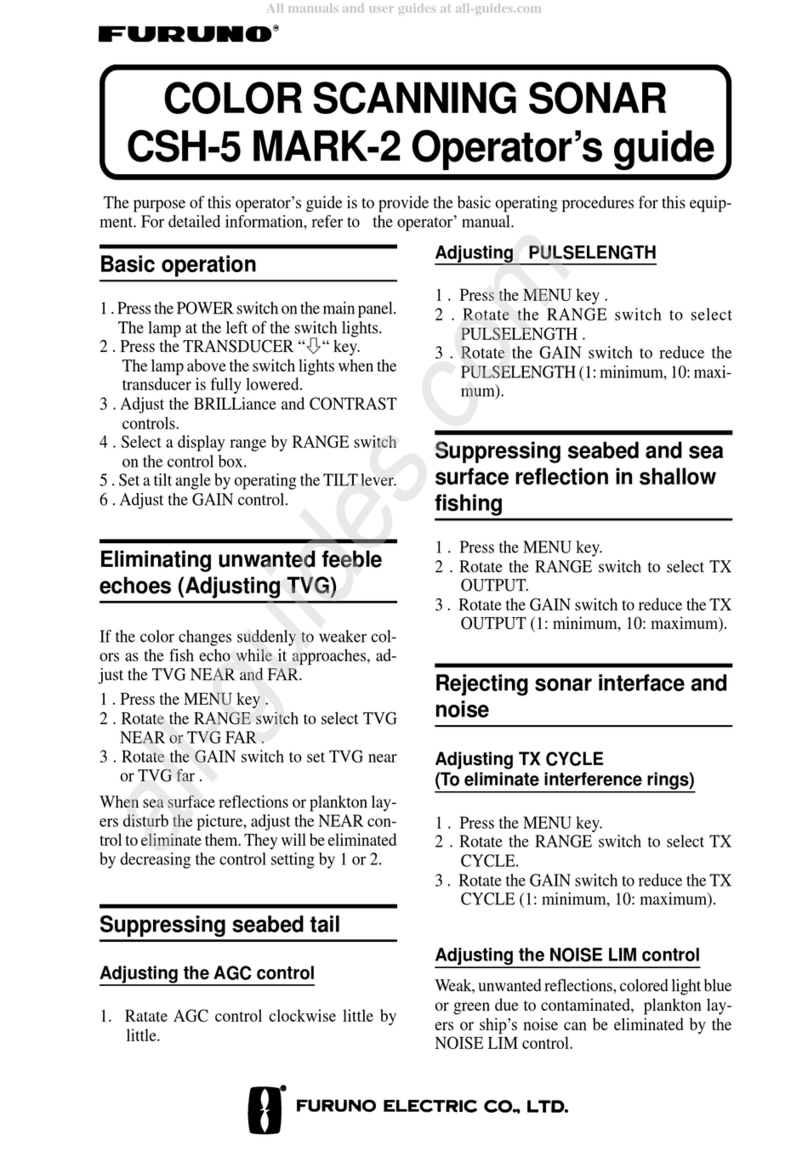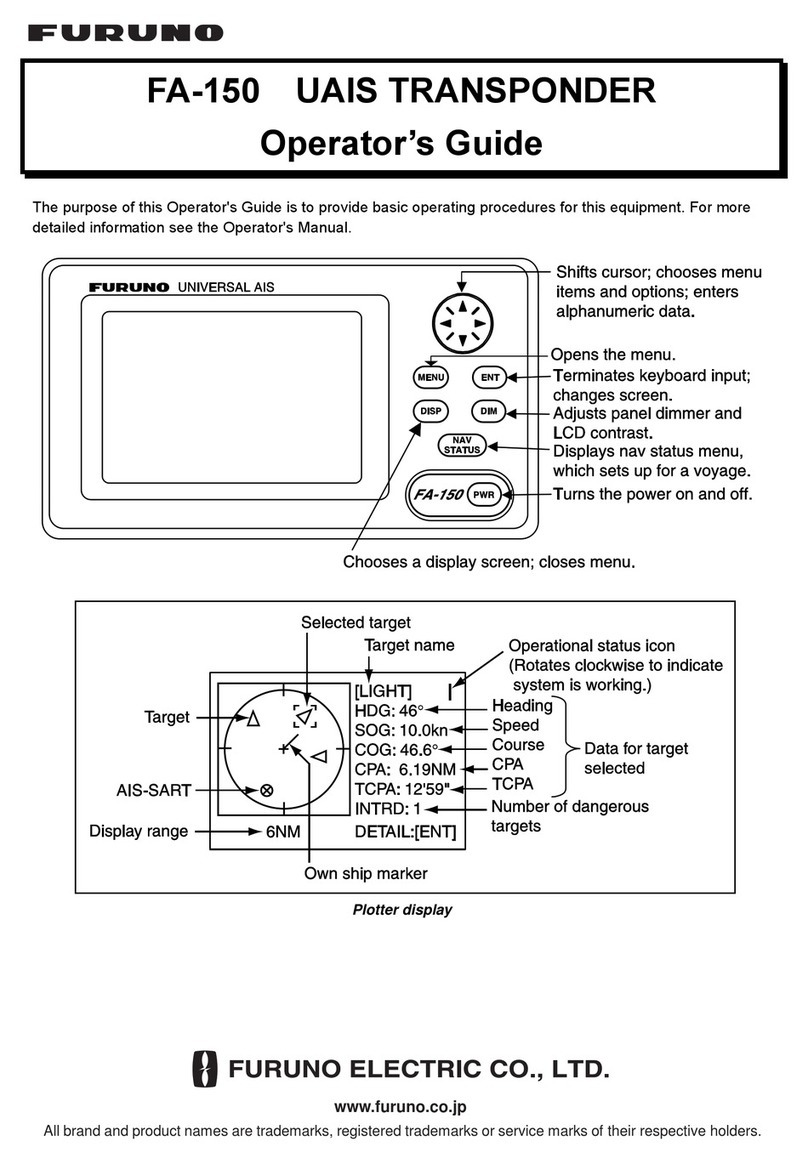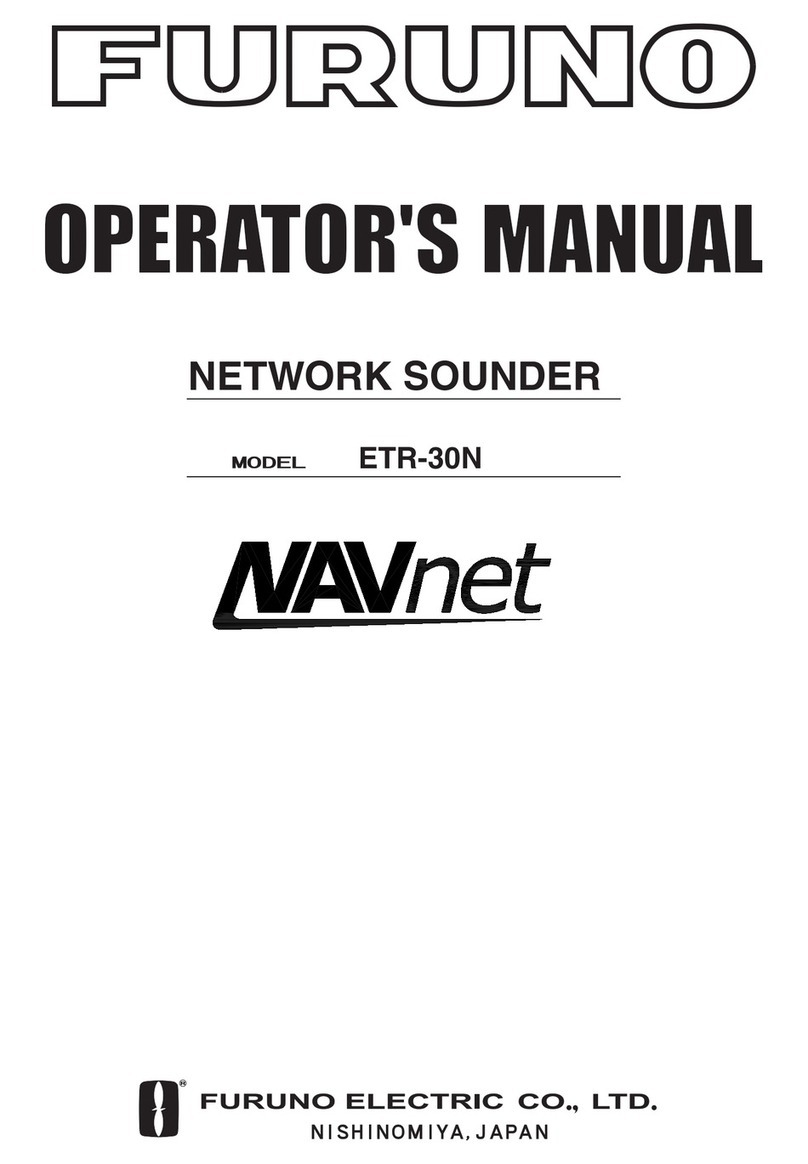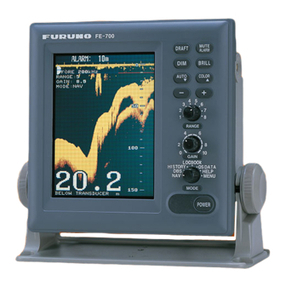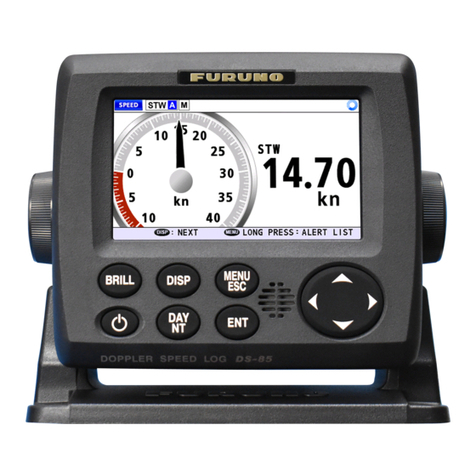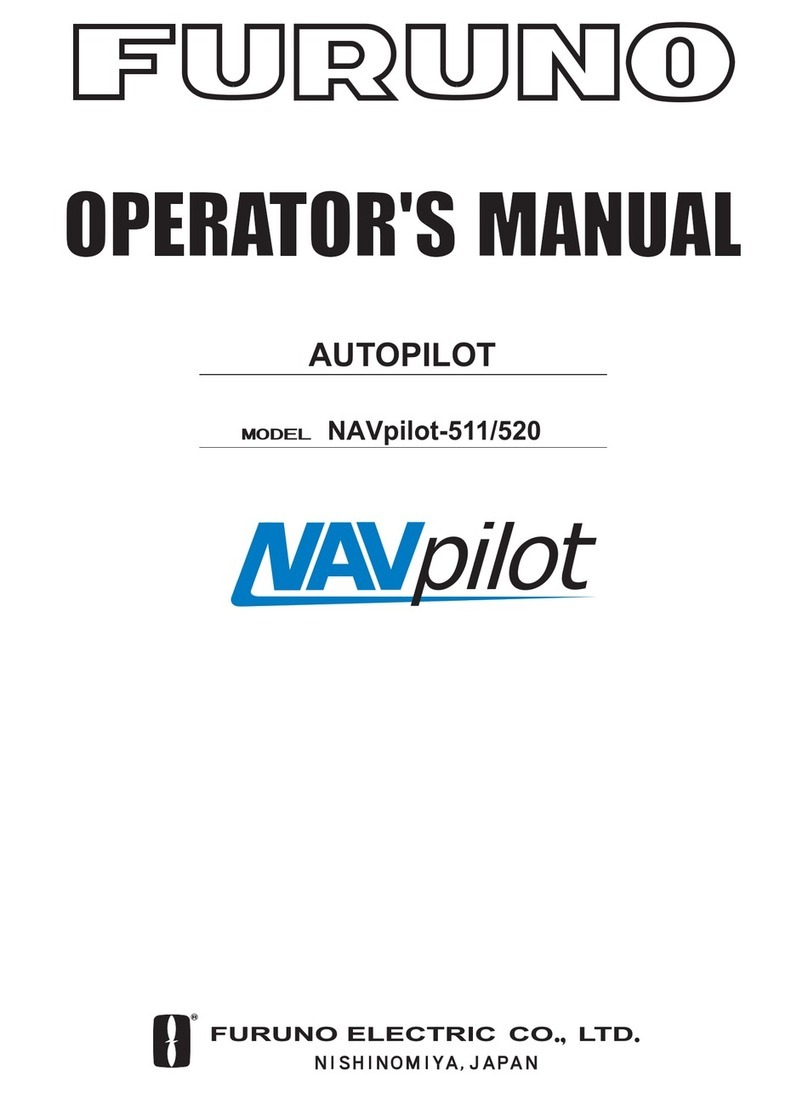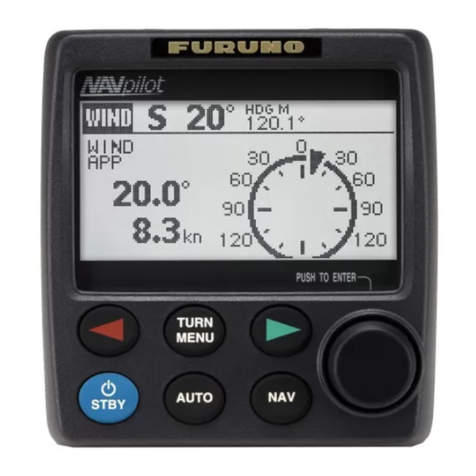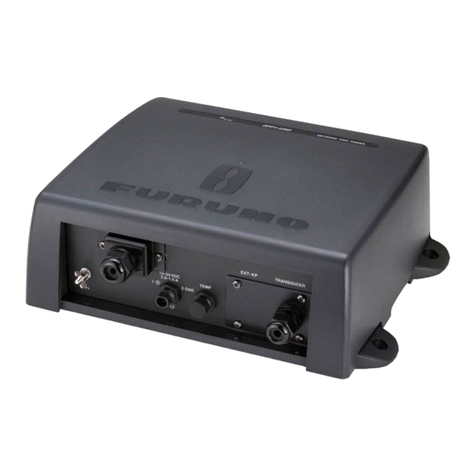
i
SAFETY INSTRUCTIONS
Indicates a potentially hazardous situation which, if not avoided, may
result in minor or moderate injury.
Indicates a potentially hazardous situation which, if not avoided, will
result in death or serious injury.
Indicates a potentially hazardous situation which, if not avoided,
could result in death or serious injury.
DANGER
WARNING
CAUTION
Warning, Caution Prohibitive Action Mandatory Action
The installer must read the safety instructions before attempting to install the equipment.
WARNING
Turn off the power at the mains
switchboard before beginning the
installation.
Fire, electrical shock or serious injury can
result if the power is left on or is applied
while the equipment is being installed.
Do not install the equipment where it
may get wet from rain or water splash.
Water can cause fire or electrical shock, or
damage the equipment.
DANGER
Keep away from raise/lower shaft in
hull unit when it is moving.
Gears will cause serious injury. In case of
an emergency, press the EMERGENCY
STOP button to stop the raising or
lowering of the transducer.
Confirm that there is no person below
the transducer before raising or
lowering the transducer.
WARNING
Do not open the equipment unless
totally familiar with electrical circuits
and service manual.
High voltage exists inside the equipment,
and a residual charge remains in
capacitors several minutes after the power
is turned off. Improper handling can result
in electrical shock.
Be sure no water leaks in at the hull
unit.
Water leakage can sink the vessel. Also
confirm that the transducer will not loosen
by ship's vibration. The installer of the
equipment is solely responsible for the
proper installation of the equipment.
FURUNO will assume no responsibility for
any damage associated with improper
installation.
If a steel tank is installed on a wooden
or FRP vessel, take appropriate
measures to prevent electrolytic
corrosion.
Electrolytic corrosion can damage the hull.
Check the motor brake and drive shaft
brake are functioning correctly before
raising/lowering the transducer
manually.
Do not remove the hull unit brake.
There is a risk of the shaft falling out.
